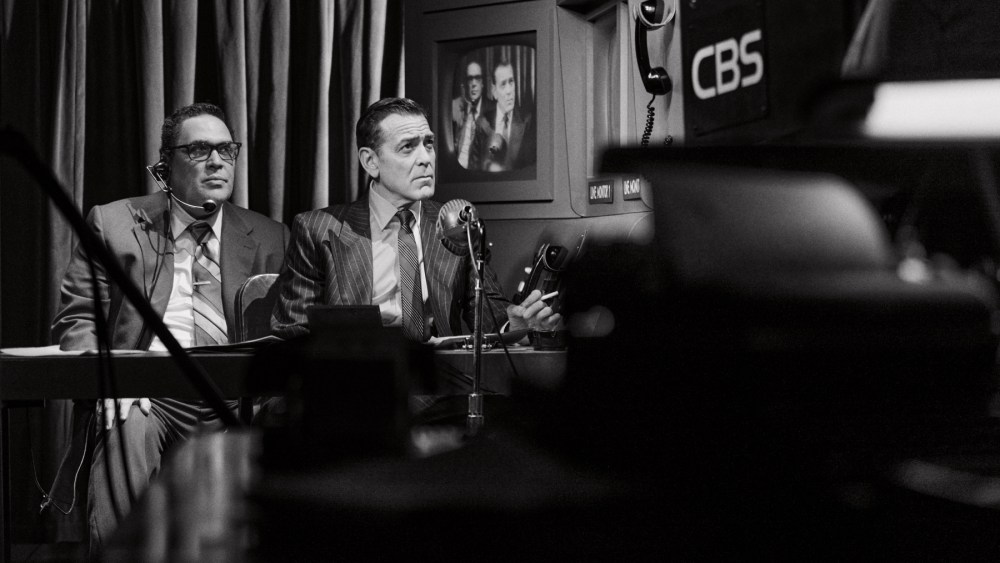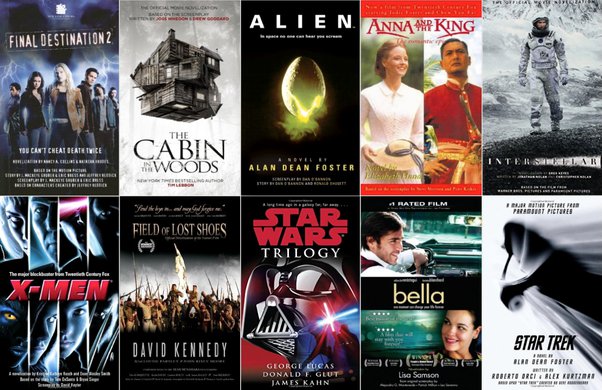Television journalist Edward R. Like Muro’s historical broadcasts, the stage conversion of the 2005 film “Good Night, and Good Luck” is the severity of the severity of the severity that is again dramatically Stark, solidly document and eventually chilling. This transfer from screen to stage is as intense and laser-centered as staring at your star and co-writer, George Clooney,
Clooney, who directed the film and co-written with his Oscar-Namsed Screen Grant HeslovReturns to the material with a feeling of fresh relevance, giving a wire spotlight for production. This 1953 is in the service of a profile-in-corresponding story of the Groundbreaking Reporting of Muro of the earlier dark political-term in the US: Senator Joseph R. Anti -Communism Crusade of McCarthi.
Here a more experienced Clooney, who played the role of Television producer and Muro’s professional partner Fred Friendly in the film, promotes herself to the lead role. (David Strethorn played Muro in the film.)
Absent from the stage, Clooney has a depth of the character and a reversal appearance. Appropriately Murro-Fravd, Clooney presented the journalist as a downcast, contemplative, dedicated journalist, along with the topical flash of dry intelligence-and even with a little heat. (Clooney cannot help it.)
But production is never away from the weight of its subject, subjects and messages. Clooney and Heslov’s taut script remains on the target, opposing any expansion of a story that fasts in 100 minutes. It avoids overloading the story with a personal backstory or psychological analysis, although an office lightens the romance mood and the death of a colleague blacks it.
Like journalist and dutiful journalism, it wants to respect, the play is mainly described with facts and, most effectively, in documented words, in the actual images and real broadcasting of the leading players of that history.
In streamlining the script, some dramatic moments must have been lost, especially a decisive when Murro transmits his career-defined decision in 1954, which exposes the nefarious methods of McCarti, with Roy Elosion and Ear. These broadcasts eventually give rise to a new hearing that investigates the senator, which highlights the lies, threats and false evidences of the McCarthi’s campaign.
But the moment is presented with facts, which can be the point. Director David Cromer (“Visit of The Band”) stages production with the same unwavering attention on the compulsory story, as the show’s immersive atmosphere effectively draws the audience into the past.
From the “front page” for the immediate dynamics of the news room, recently, “Network,” Ink, “The Connector” and “corruption” have been a magnet. With a type of theater varit, Cromer fills the monochromatic bunker of a set with a large – cast number 21 – and most male artists contingent, all move about all about, which are accompanied by innumerable functions between dialogue and banquet.
These roles bends towards the generic, but the sensible casting of experienced actors still manages to bring some character into their oblivion without focusing on the major mission of the play. Many important players emerge, including Glenn Fleshalor -friendly performances, as Friendly, Clarke Greg by CBS network head William F as newscaster Don Hollenback and Paul gross. As a pell.
The way in the film, The Era’s atmosphere and the internal work of the early television are thick with cigarette smoke, jazz music and journalism drive. The dense gauze of the Viceroy is installed and commented quickly, then reduced prudent. (Only so many cloves cigarette actors can smoke.)
Visual infections and even more atmosphere are provided by a singer (Georgia Hars, Slept), with a cool combo, along with the tunes of the duration with the presentation of the Kinoscope of the advertisements of the ’50 on each side of the platform. Also lightening the mood is a clip from Muro’s celebrity-centered and popular “Person to Person” interview series-it pays the network in exchange for its broadcast with Muro with Librass.
The script also shows that journalism efforts are not completely black and white. Not all those who were brought before the committee were not done incorrectly; Communist threat was in terms of real atomic fear; And were flicker of prejudice (by always referring to Macarthi with Muro’s Needing as “Junior Senator”).
Arthur Miller wrote “The Crucible” as a metaphor attack, while Macarthi was still among the Senator’s witch hunting, blacklist and personal attacks. Here the metaphor has been jetted to the real and Stark story, which is set in the magnificent world of Scott Passk’s set, Heather Gilbert’s lighting and Branda Abbandandolo’s costumes.
This history lesson can be a familiar to most viewers of the average theater-gining age, but it is still a powerful caution story for other generations. But at $ 777 for a top price premium ticket, that can be largely limited to young audiences.
The show does not give any apology for its directness, agitprop and literal speech, not only finishes the show with the famous 1958 warning of Muro and on the influence of large-scale media, but also with a mind, two-minute montage, which covers American and broadcasting history of 70 years. It packs a wall – and so it produces.



